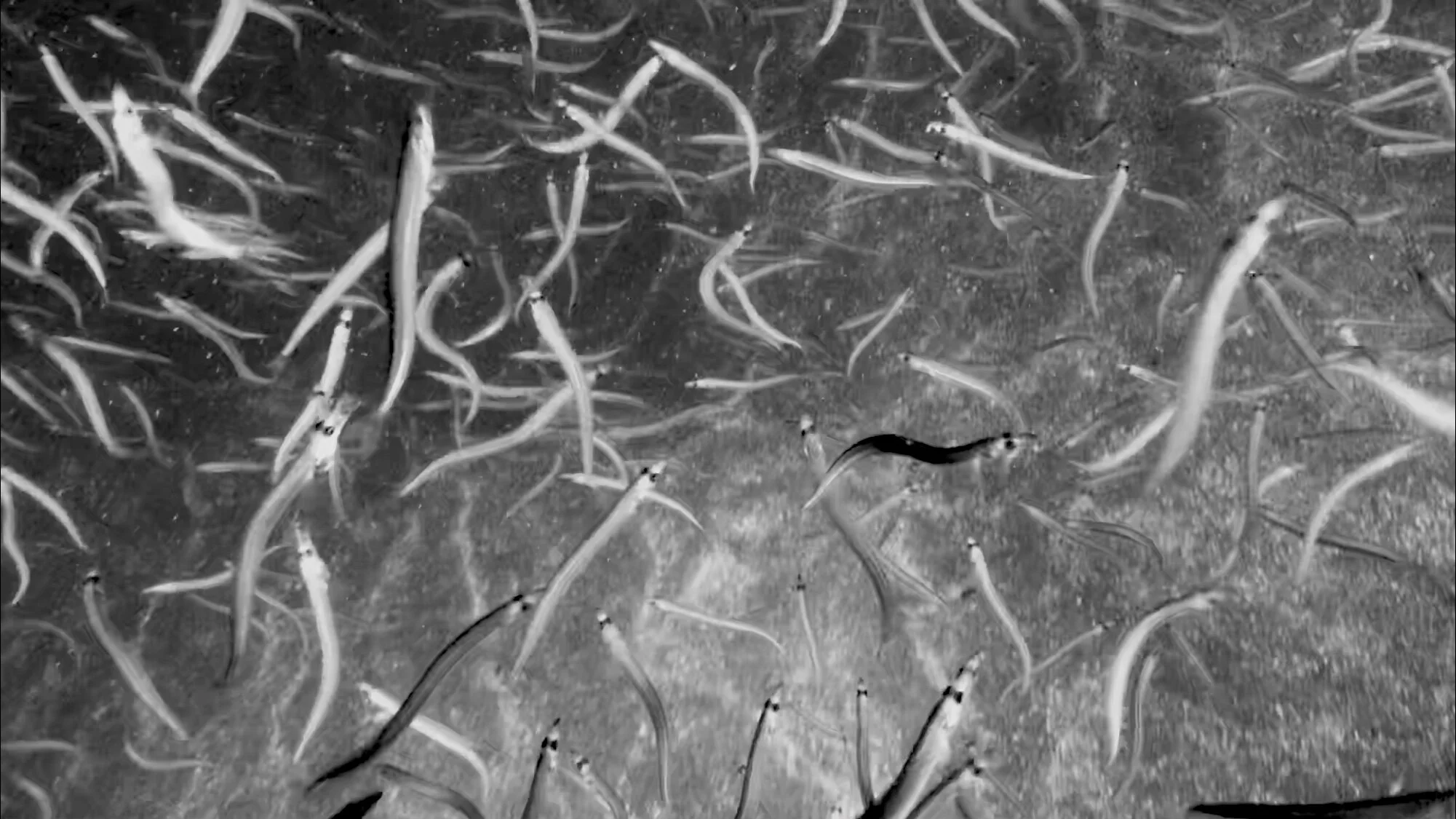Hundreds of fish species live in the Salish Sea, and many face a number of threats. Monitoring the health of these fish populations is crucial. But with nearly 5,000 miles of coastline and more than 400 islands, it’s no small task.
Historically, monitoring fish populations has included fishery catch data, active trawl surveys, underwater video, satellite imagery, hydroacoustics and more. But citizen scientists are increasingly playing crucial roles, according to a study authored by SeaDoc Society Research Assistant Elizabeth Ashley, who is currently attending veterinary school at UC Davis.


















